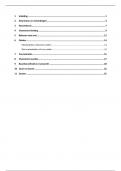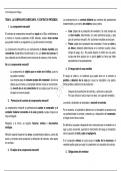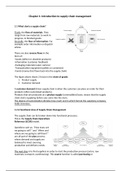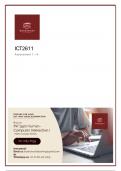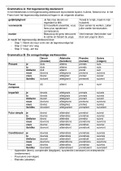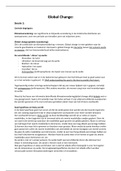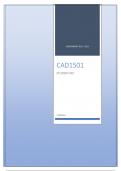Exam (elaborations)
AUE3701 STUDY PACK.
- Institution
- University Of South Africa
AUE3701 STUDY PACK. 1 Introduction to taxation and calculation of net tax payable Gross income – Exempt income – Deductions = Taxable income Tax liability Tax per table – Rebate = Normal tax liability – Prepaid taxes = Net tax due/ (refundable) Page 1.1 Introduction .....
[Show more]




